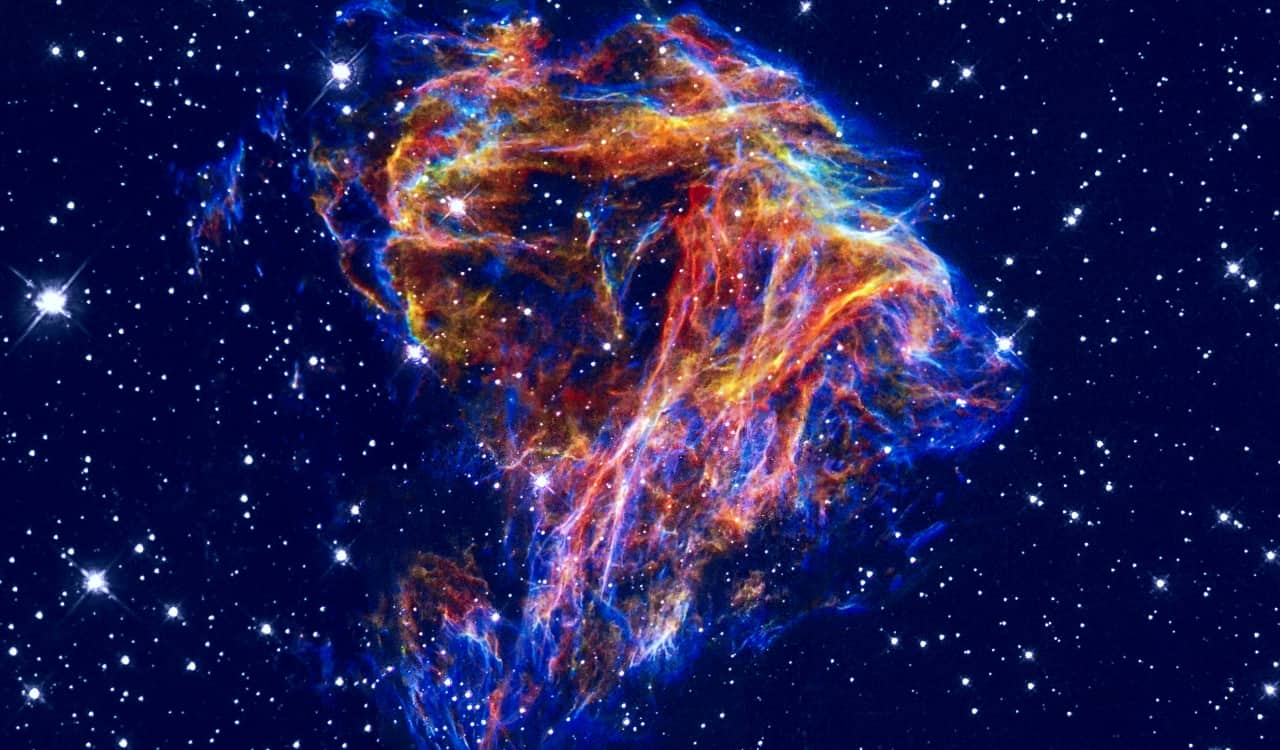The National Aeronautics and Space Administration as well as the European Space Agency have managed to capture some impressive videos and images over the years. Some of them are legendary, and you’ve likely seen them all over the news or even inside your science textbooks in school. Some of the most breathtaking photos captured by NASA and the ESA are not always what you think. Sometimes, it could be the appearance of our planet or those in our solar system. Sometimes it might be of a star local to us. Other times, they’re showing us images that are jaw-dropping and change everything we once knew.
Sure, the latter does not happen as often as we’d want. However, the fact that it has before is significant. Moreover, what these amazing organizations have done is help everyone fall in love with space again, just like we did in the 1960s. Back then, our mission to space was built on things like war. The United States did not want the Russians to beat them into space, but they did. Therefore, America had to beat them to the moon. Since then, the love of space dropped but in recent times we’ve seen it pick up again. NASA and the ESA are to thank for this in many ways, so let’s check out some of the best images they have captured!
Large Magellanic Cloud

The Large Magellanic Cloud has been discussed on Science Sensei in the past. However, we never get over the amazing appearance. It is by far one of the most breathtaking photos captured by NASA and the ESA. This happens to be a satellite galaxy connected to our Milky Way Galaxy. This is not very uncommon to see for large galaxies like ours. Satellites galaxies are simply smaller galaxies that are caught by the gravity of a larger galaxy. It does not enter our galaxy at all, but it does go wherever the Milky Way goes in space. Like satellites above Earth, they do not swing off into random space but are kept in place by immense gravity.
The LMC is the third closest galaxy to us at 50 kiloparsecs or 160,000 lightyears. They call this the “Large” Magellanic Cloud for a reason. Based on what can be seen, the LMC is roughly 10 billion solar masses, with a diameter of 14,000 lightyears. This might be pretty big, but it is only a hundredth as massive as our Milky Way, which is why it’s a satellite obviously. We classify this as a Magellanic Spiral, as it contains a stellar bar that is off-center, making scientists assume it was previously a barred dwarf spiral galaxy before the spiral arms were somehow interrupted. It is possible that this interruption was even caused by the Milky Way’s gravity.
